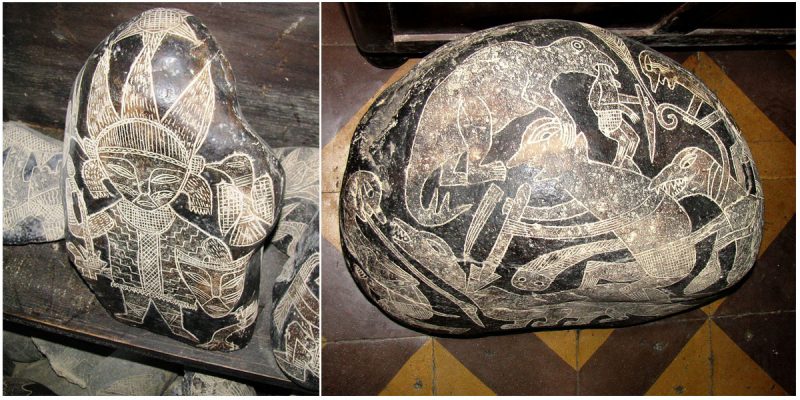The Ica Stones are a collection of thousands of andesite stones, found in modern-day Peru in Ica Province, that bear a variety of strange and interesting diagrams. They depict humans coexisting with Dinosaurs, and numerous alleged examples of advanced technologies.
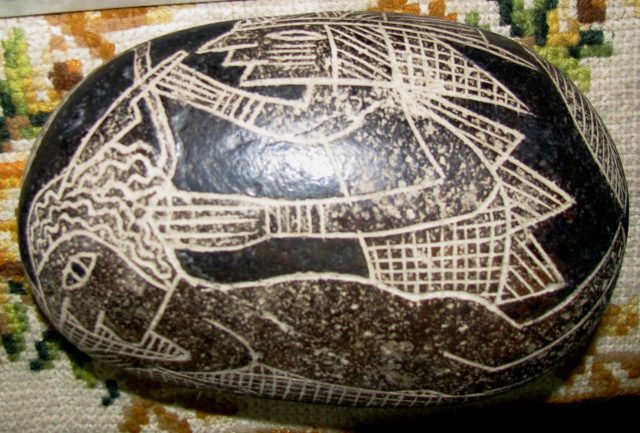
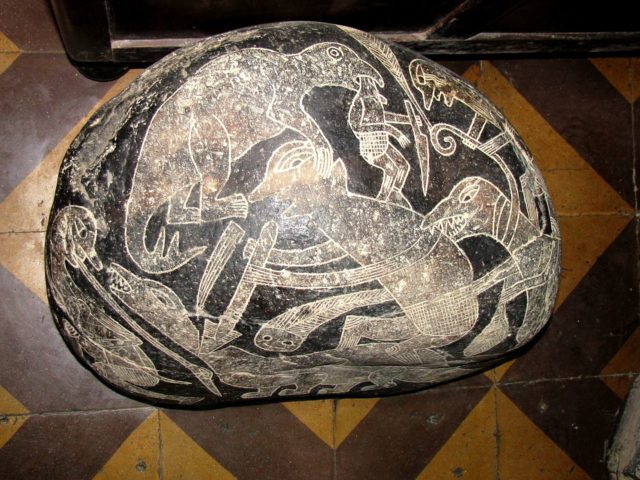
They were found in the 1960s in the ravines and caves near Ocucaje, in Ica province. From then, the man who popularized the stones was the Peruvian physician Javier Cabrera Darguea.
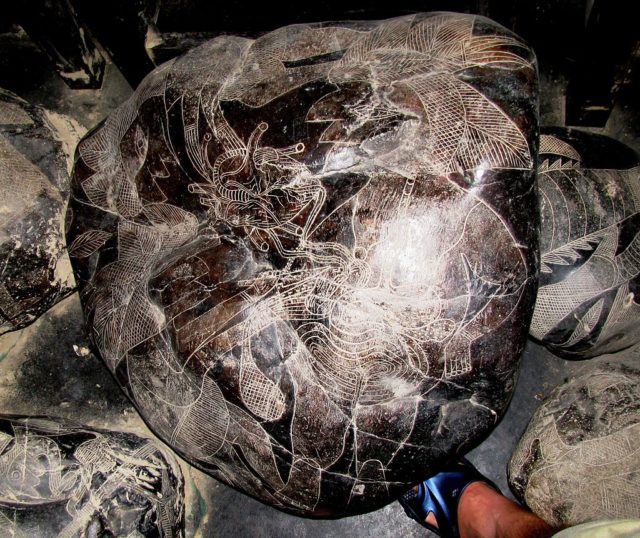
He obtained many of the stones from a farmer named Basillio Uschuya, who thought that the stones are real ancient artifacts. When the farmer was later arrested for selling the stones to tourists, he told the police that he didn’t really find them in a cave , but that he made them himself.
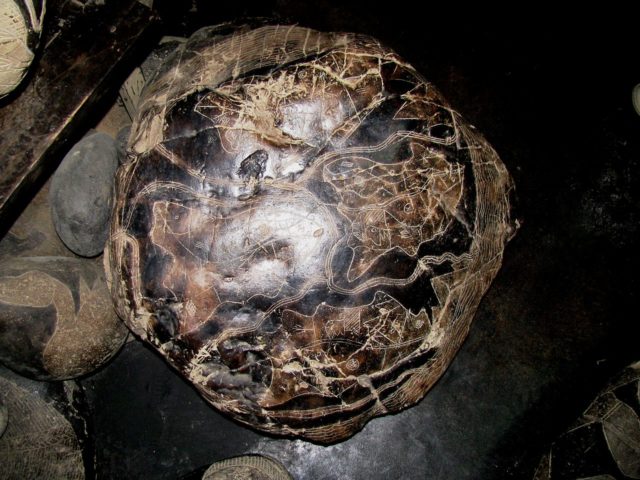
The stones depict things such as blood transfusions and organ transplants, as well as other developments that should not have been possible in the distant past. The stones show the 13 constellations of the Pleiades, which correspond to the Babylonian Zodiac.
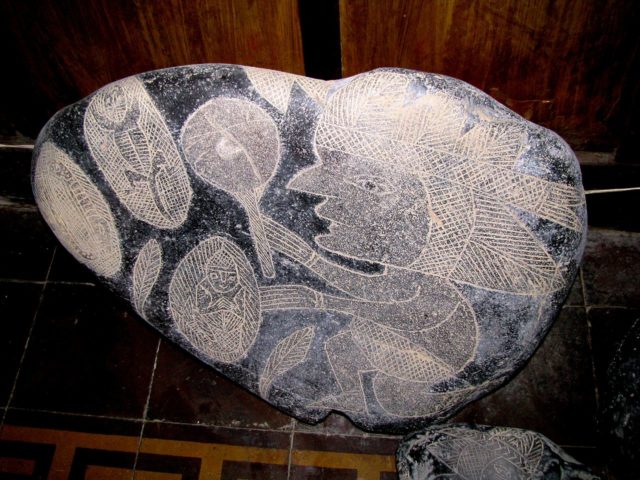
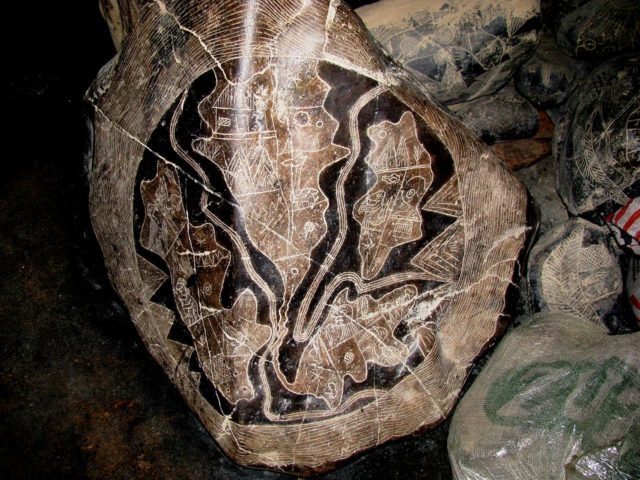
As a result of weathering, they have developed a thin patina and they vary in size from 3×2.5×1.5 cm to 40 cm. The stones have different colors ranging from gray, black, yellow and red. The images on the stones vary from simple pictures on one side of a pebble, up to designs of great complexity. Some of the designs are similar to the art styles of the Paracas-Nazca, Tiwanaku, Ica or Inca cultures.
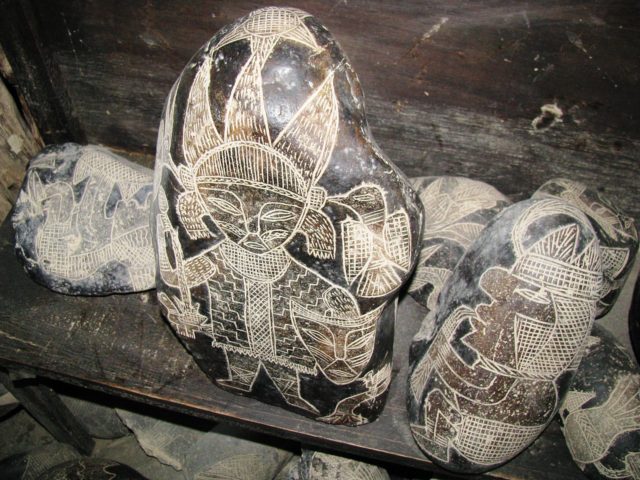
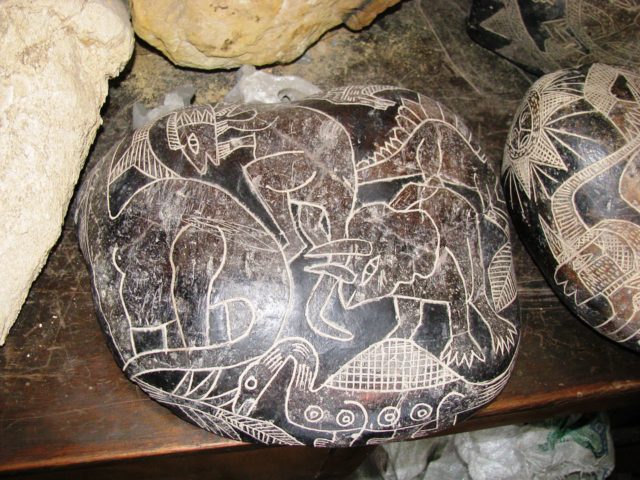
There is no reliable way of dating the stones. Some creationists claim that humans lived at the same time as the dinosaurs, which contradicts evidence that the extinction of dinosaurs predates mankind by approximately 65 million years. Other theories say that the stones are evidence of a lost, advanced civilization brought to the man from other planets, but most consider them to be a hoax.
